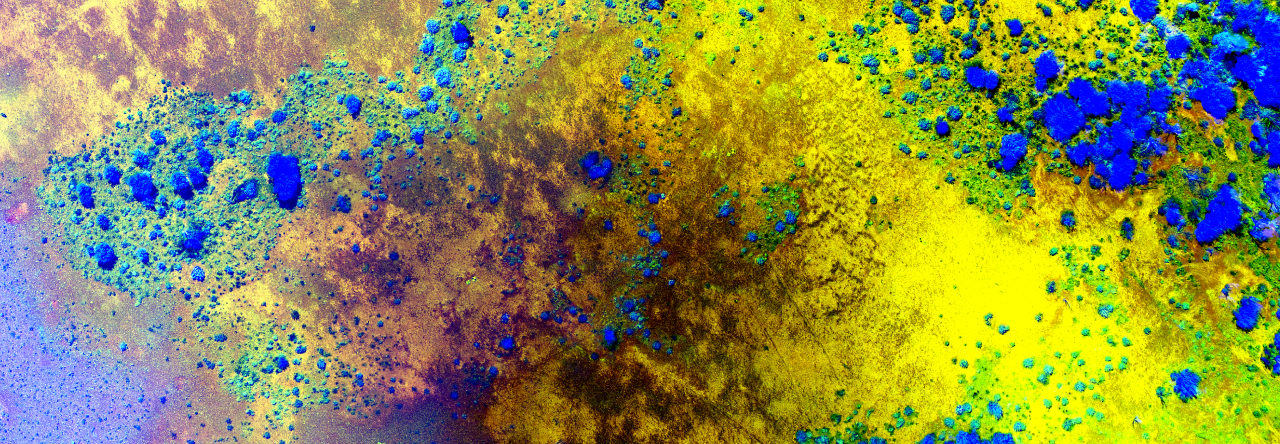The following are a few useful sites for those undertaking spatial research involving species observational data in Australia primarily. These sites may contain both the observational data as well as tools for analysing this data, with direct access to curated environmental and other data layers.
1. ALA – Atlas of Living Australia (https://www.ala.org.au/)
Provides open access to Australia’s biodiversity data. This site provides a variety of tools and methods to access and analyse Australia’s biodiversity data, including:
- Spatial portal (https://spatial.ala.org.au/) for mapping, visualising and analysing relationships between species, location and environment;
- BioCollect (https://www.ala.org.au/biocollect/) – for creating surveys, capturing data in the field and managing biodiversity, ecological and natural resource management data. Also contains the Citizen Science Projects hub (https://biocollect.ala.org.au/acsa).
- Phylolink (https://phylolink.ala.org.au/) – easily intersect a phylogenetic tree with species occurrence records, environmental data, and species character information;
- Natural history collections (https://collections.ala.org.au/) – access natural history collections from around Australia;
- Galah (https://atlasoflivingaustralia.github.io/galah/) – an R interface to locate and download species occurrence records (observations, specimens, eDNA records, etc.), taxonomic information, or associated media such as images or sounds.
2. GBIF – Global Biodiversity Information Facility (https://www.gbif.org/)
Provides free and open access to global biodiversity data, currently containing > 2 billion species occurrence records. There are a variety of tools available, including rgbif (https://www.gbif.org/tool/81747/rgbif) – an R interface to the GBIF API for searching and retrieving data.
3. BCCVL – Biodiversity and Climate Change Virtual Laboratory (https://bccvl.org.au/)
This is a “one stop modelling shop” that simplifies the process of biodiversity-climate change modelling. It provides a user friendly interface for running a variety of Species Distribution Models and then feeding these results through a Climate Change Projection experiment to see how climate will influence your species. You can also:
- Search and browse for datasets in the Data Portal – (https://app.bccvl.org.au/datasets/datasets_collection_list)
- Get some free training on species distribution modelling – https://bccvl.org.au/training/
4. EcoCommons (https://www.ecocommons.org.au/)
Launching in November 2022, this is the successor platform to the BCCVL above, and will be used for analysing and modelling ecological and environmental challenges in Australia. It provides:
- computational tools and resources for reproducible ecosystems research;
- easy access to data, including environmental and climate layers with the same extent, resolution and projection;
- Cloud-based platform for building, running and visualising models using either GUI or command-line with R, Python (in Jupyter notebooks if desired);
You may be able to sign up to try the development versions out.
5. Some other possibly useful sites:
- The Big Book of R (https://www.bigbookofr.com/index.html), contains sections and links to a comprehensive set of resources. Also includes a section on Geospatial (https://www.bigbookofr.com/geospatial.html)
- Environmental Computing using R (from UNSW) – https://environmentalcomputing.net/about-this-site/
- iNaturalist – https://www.inaturalist.org/ – contains over 92 million citizen science species observations from around the world.
- eBird – https://ebird.org/about – an amazing resource and program from the Cornell Institute of Ornithology supporting the application of citizen science to scientific research and avian conservation.

Leave a Reply